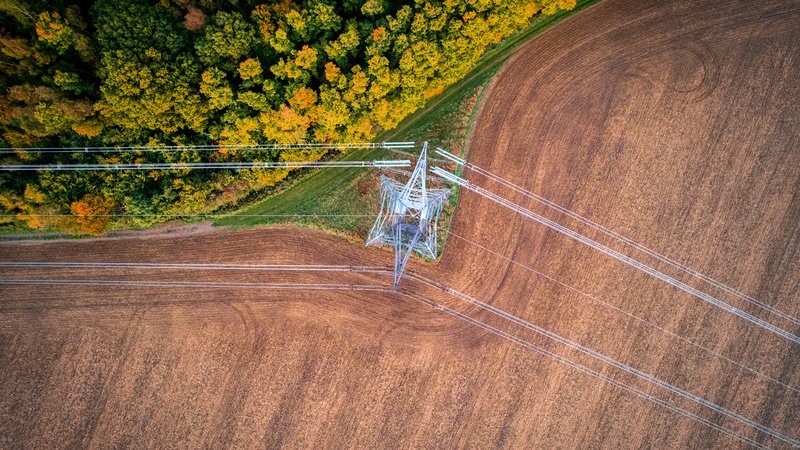Around 74% of electricity distribution networks in the UK and Ireland are underutilised, new analysis by Neara reveals.
The queue for connecting new sources of electricity to the UK’s grid is massively oversubscribed and being held up by stalled or speculative projects.
According to Ofgem, as of the end of February 2025, there were 765GW worth of energy projects – many of them from renewable sources – waiting in the queue to connect.
To add to the challenge, the National Infrastructure Commission forecasts that electricity demand will rise by 50% between now and 2035 and will double by 2050.
Analysis from tech company Neara shows how more electricity could be transmitted through the existing grid, helping tackle connection queues and reduce the need for new infrastructure.
Founded in Australia in 2019, Neara has built an AI-powered predictive modelling platform for critical infrastructure.
In this study, Neara used its physics-based AI models to conduct digital line rating analyses across sections of the UK and Ireland’s energy grids, then stress-tested them to evaluate their response to increased energy flow.
The results revealed a comprehensive picture of the sections, identifying where the bottlenecks were and pinpointing areas where capacity can be safely increased.
Energy networks adhere to a maximum operating temperature (MOT), the highest temperature a power line or component can safely reach before thermal expansion causes it to sag below safe clearance limits.
MOTs across the UK and Ireland’s distribution networks typically range from 50°C to 70°C. However, according to Neara, these conservative estimates mean infrastructure that could handle higher currents often goes underutilised.
Digital modelling found that, on average, 74% of the UK and Ireland’s distribution networks are being underutilised at current MOTs, and could safely carry more energy. The results revealed that up to 93% of the network is currently running below capacity.
In combination with lidar-enabled assessments, Neara was able to simulate the potential safety implications of running power lines at 50°C, 70°C and 85°C.
When tested at 85°C, the study found that the majority of cables (64%) were found to be underutilised.
Taco Engelaar, Neara’s senior vice-president and managing director, said: “With such vast amounts of clean energy languishing in the grid queue and the ever-increasing demand for electricity, the UK and Ireland must urgently take action to boost capacity in their energy grids.
“By extracting more from existing assets, we can speed up connections, delivering more clean energy at a fraction of the cost and with minimal disruption.”
In April 2025, energy regulator Ofgem approved the National Energy System Operator’s (NESO’s) proposed reforms to transform the grid connection process.
In June 2025, NESO announced it would begin reordering the connections queue from the end of July, with the new connection agreements issued to developers and Distribution Network Operators in autumn.

